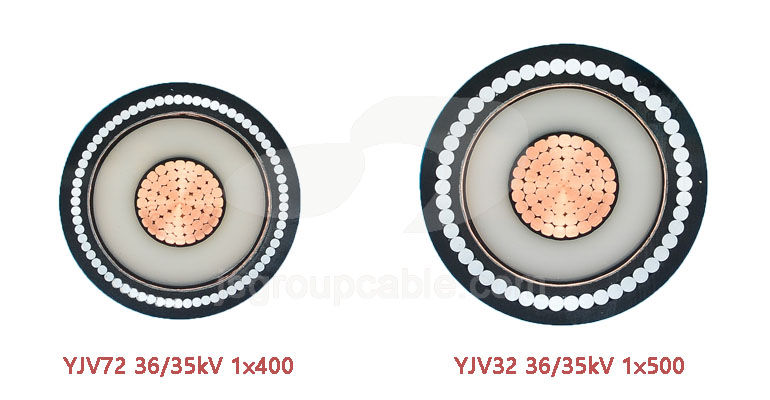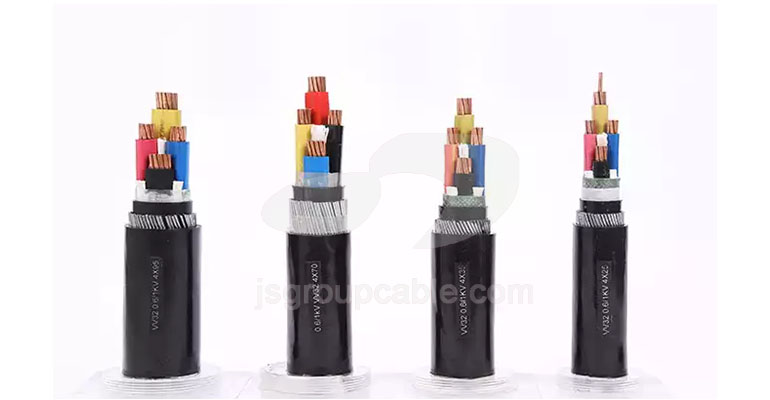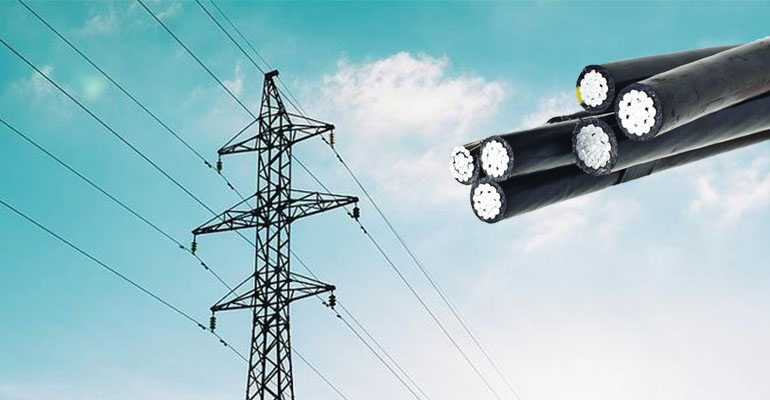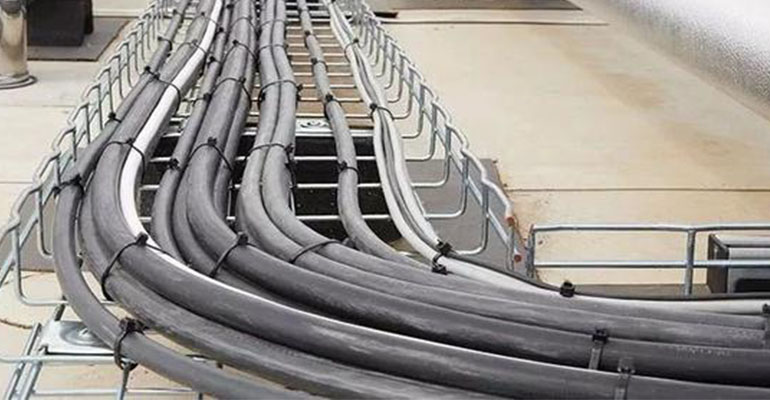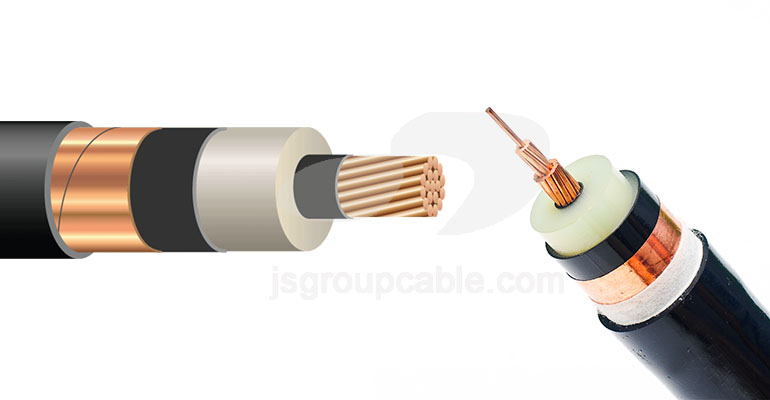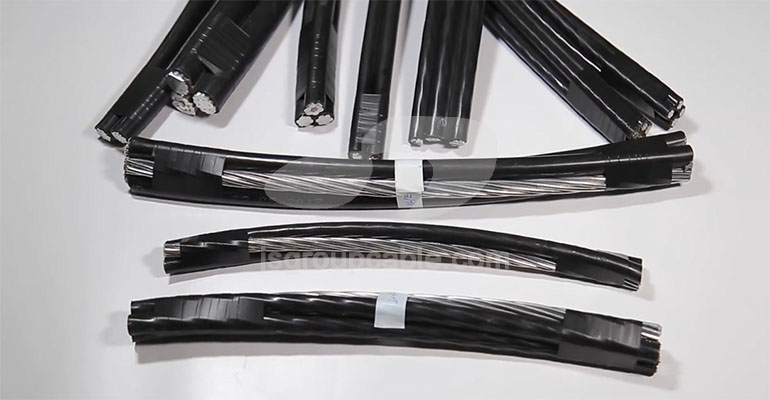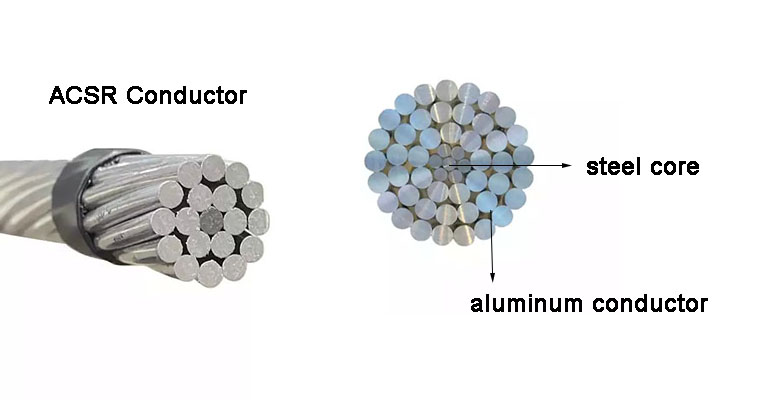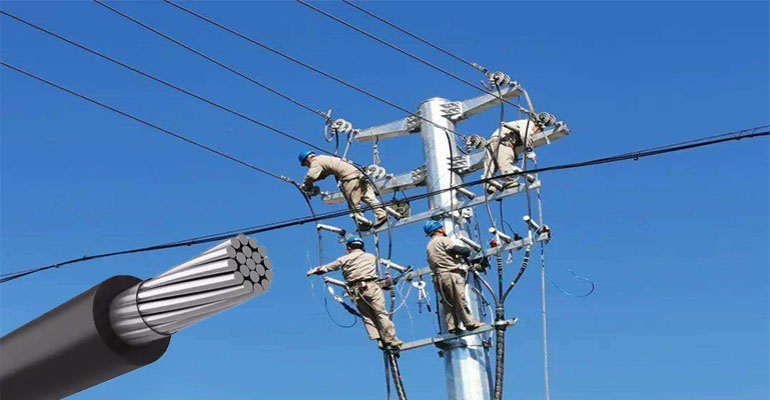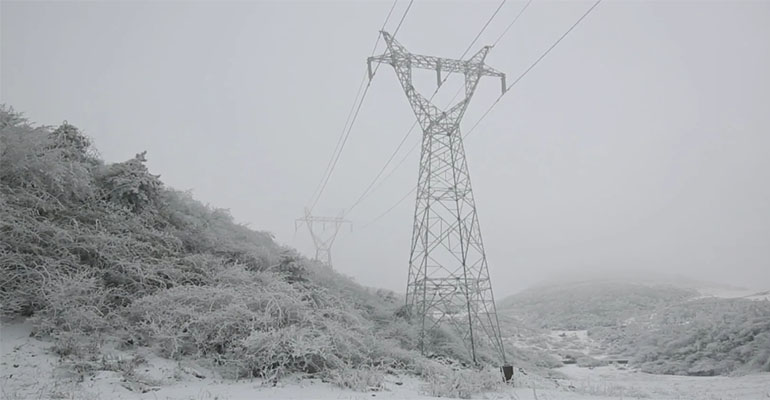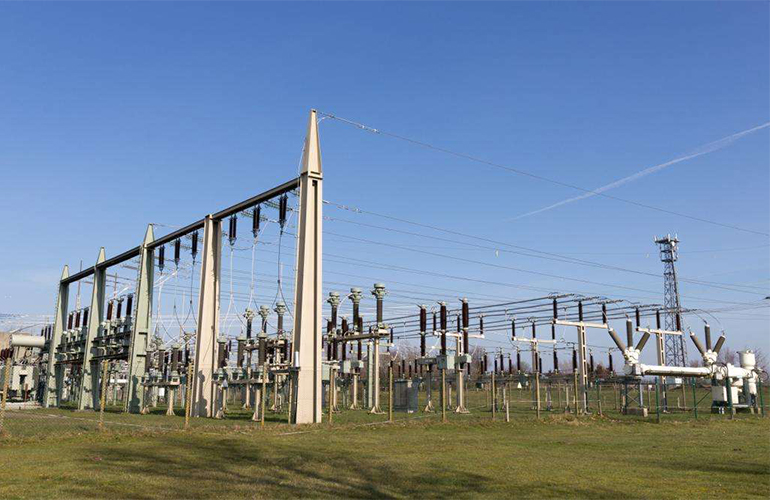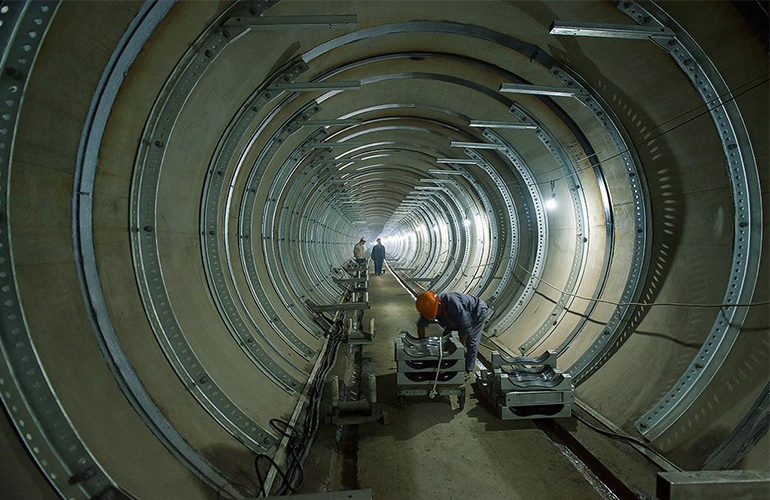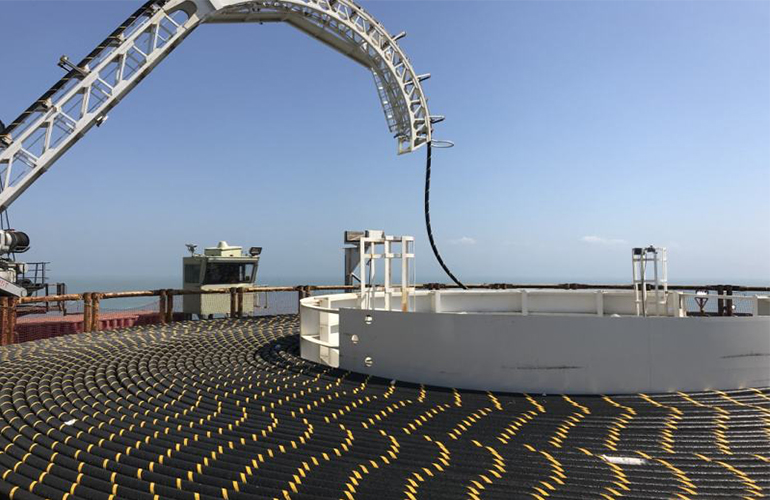- Offices Time:24 Hours Online
- Email:[email protected]
- WhatsApp:+8618339938759
News
Posted on:December 23, 2022
The difference between medium voltage cables and high voltage cables
The voltage range of medium-voltage cables is between 6KV and 33KV. Its actual life and production applications include petrochemical, transportation, wastewater treatment, food processing, etc., and it is also an important type of application cable.
Read MorePosted on:December 22, 2022
What are the main factors affecting the performance of flame retardant cables?
Flame-retardant cable refers to the cable that the sample is burned under the specified test conditions. After the test fire source is removed, the spread of the flame is only within a limited range, and the residual flame or residual flame can extinguish itself within a limited time.
Read MorePosted on:December 21, 2022
Where are 10kV overhead insulated conductors used?
Overhead insulated conductors have the main characteristics of high power supply reliability, good power supply security, convenient erection and maintenance, and reasonable economy.
Read MorePosted on:December 20, 2022
Do you know the basic structure and working principle of power cables?
Power cables are mainly used to distribute and transmit electric energy. Compared with overhead lines, they are more expensive, but they have the advantages of less land occupation and less external influence. In power lines such as urban power supply, their proportion is gradually increasing.
Read MorePosted on:December 16, 2022
The structure and application of 35kV single core high voltage cable
High-voltage single-core cable means that there is only one conductor in an insulating layer. When the voltage exceeds 35kV, most lines will choose to use single-core cables.
Read MorePosted on:December 15, 2022
What is overhead insulated conductor (ABC cable)?
Overhead insulated conductors is a very novel overhead power distribution system. It offers increased safety and reliability, lower power consumption and ultimately system economy by reducing installation, maintenance and operating costs.
Read MorePosted on:December 14, 2022
What are the common problems of ACSR conductor?
ACSR conductor technology is also maturing. ACSR conductor has high strength and good conductivity. It has been widely used at home and abroad at this stage, and has been widely praised by the industry.
Read MorePosted on:December 13, 2022
The main technical performance of Aerial cable
Aerial cables have the main characteristics of high power supply reliability, good power supply security, convenient erection and maintenance, and reasonable economy. Its main technical parameters include weather resistance, insulation level, inner and outer semi-conductive shielding layers. Aerial cables are widely used in power transmission at home and abroad.
Read MorePosted on:December 12, 2022
Danger of low temperature weather to overhead transmission lines
For low-temperature weather such as wind and snow, it is best to use overhead insulated cables with insulating layers, or to insulate the cables to prevent severe cold weather from affecting the normal operation of the cables.
Read More

